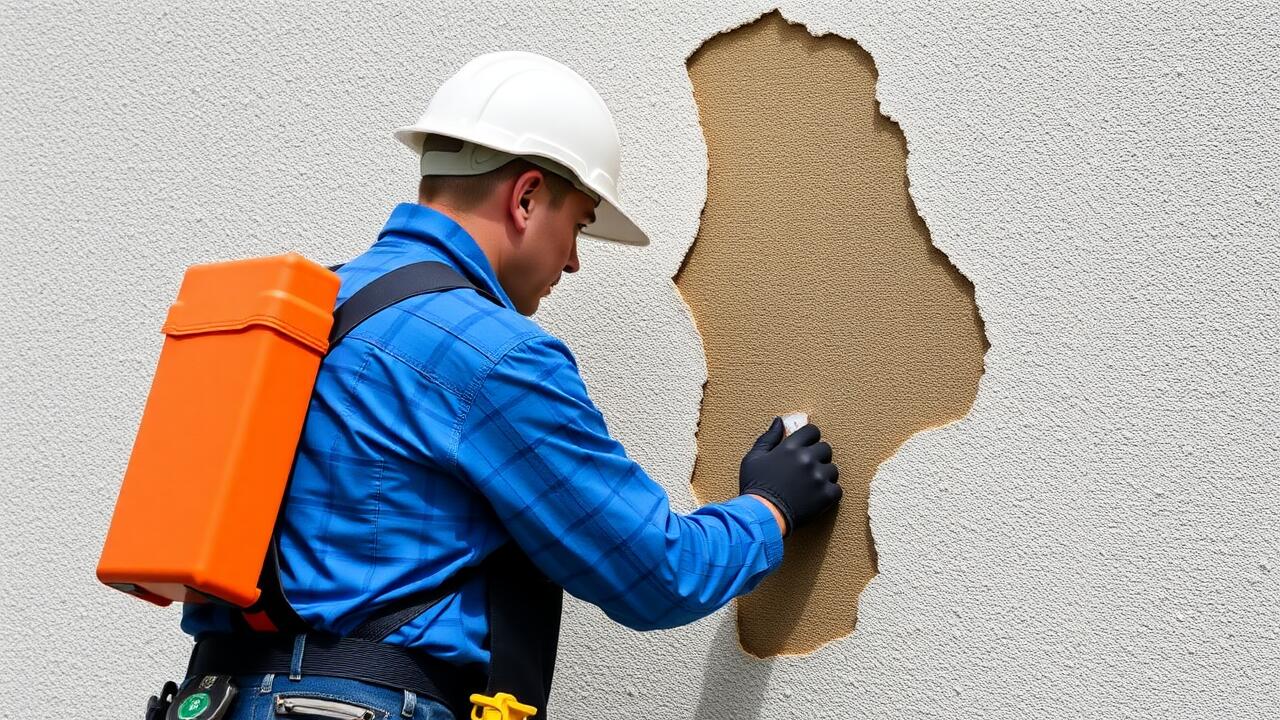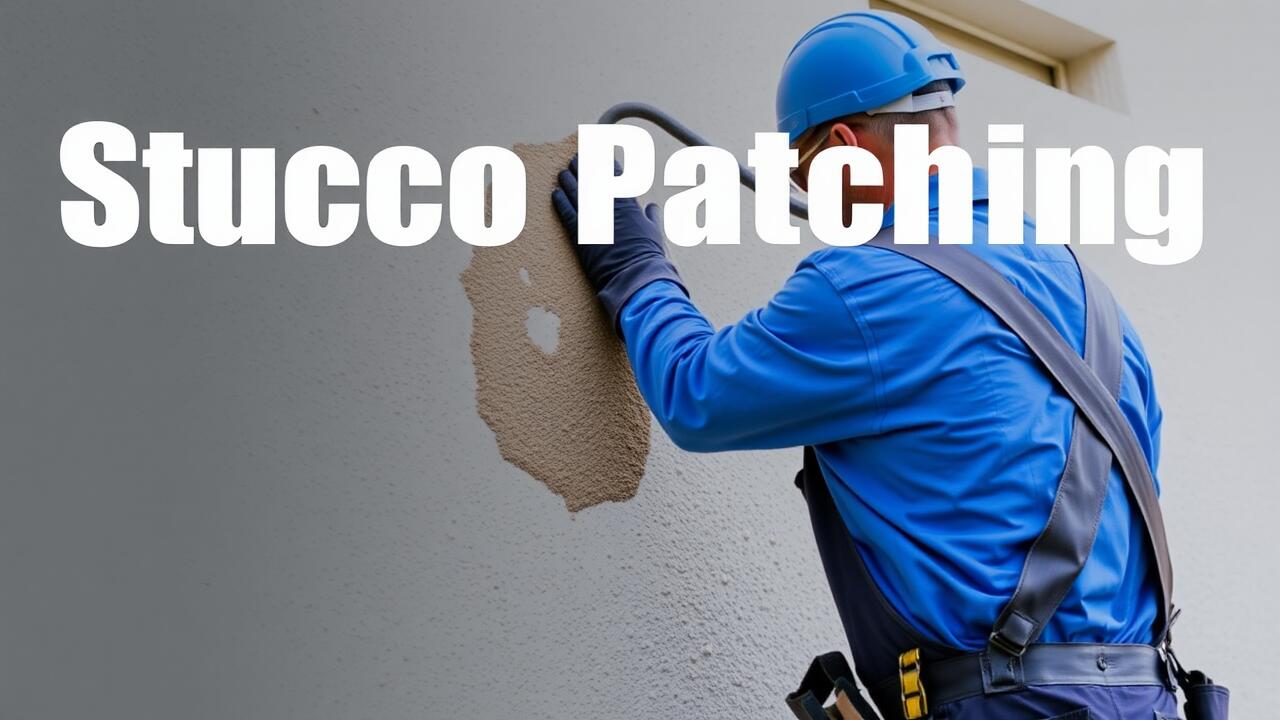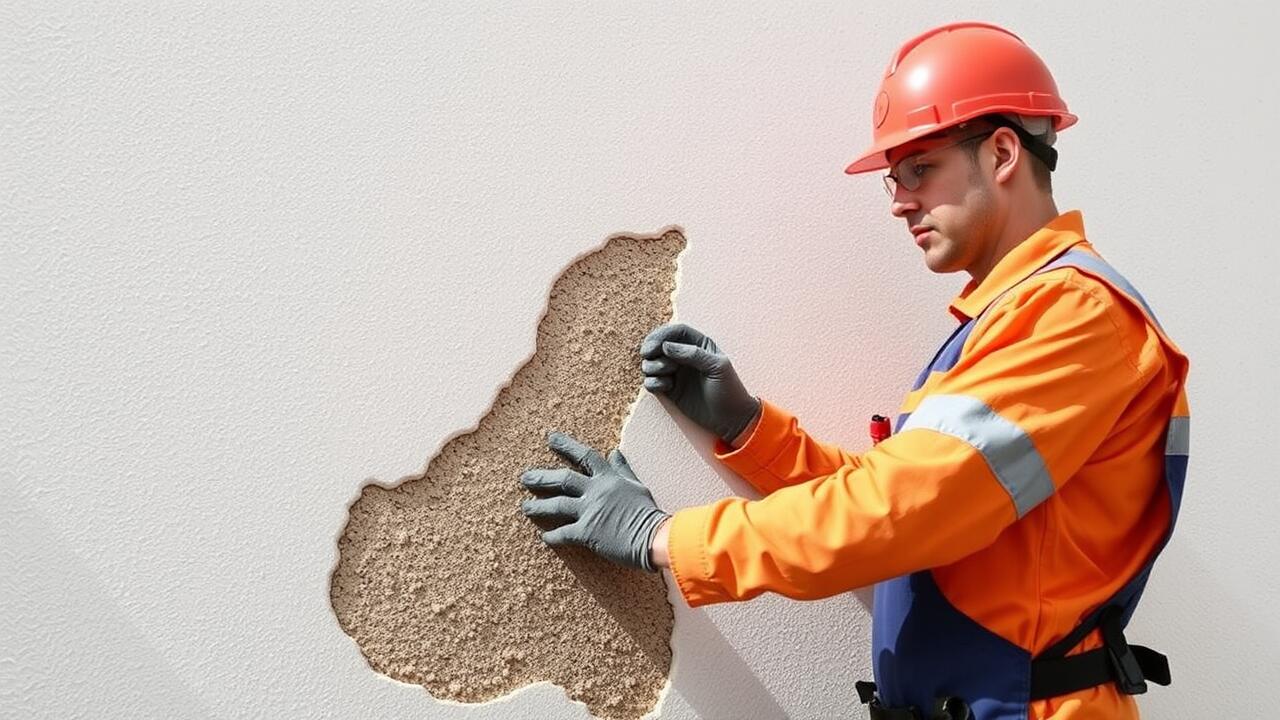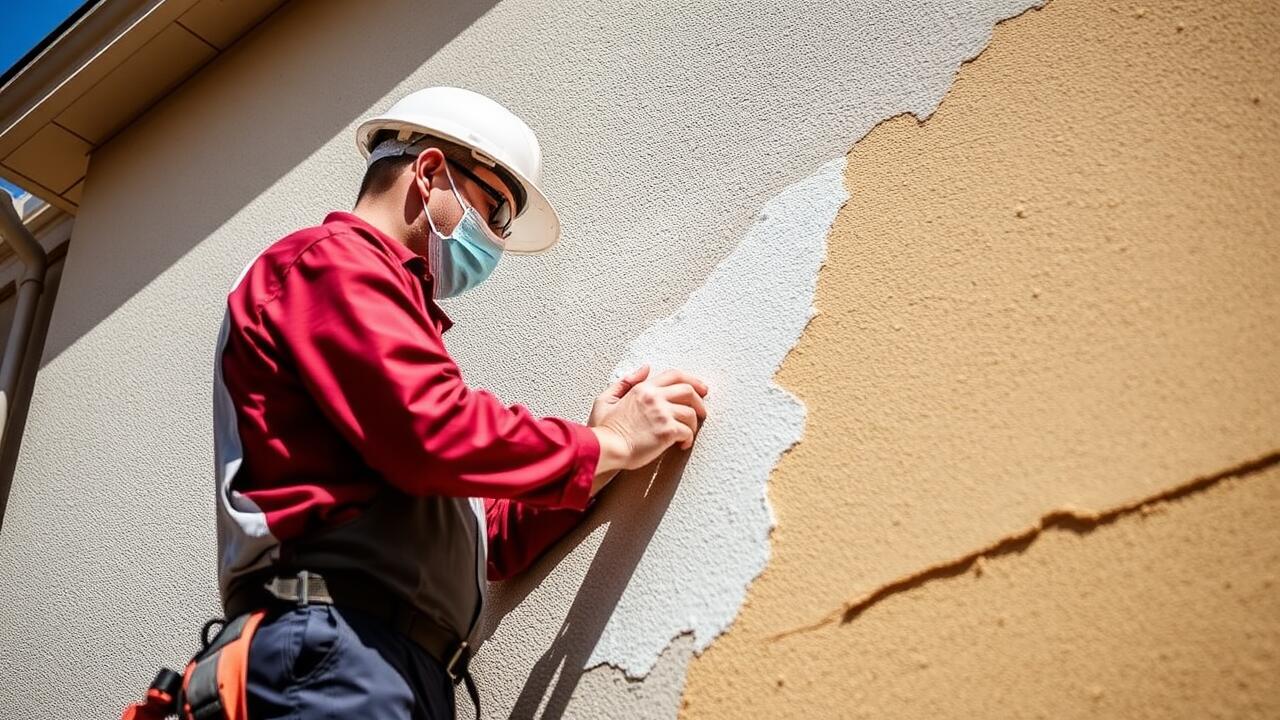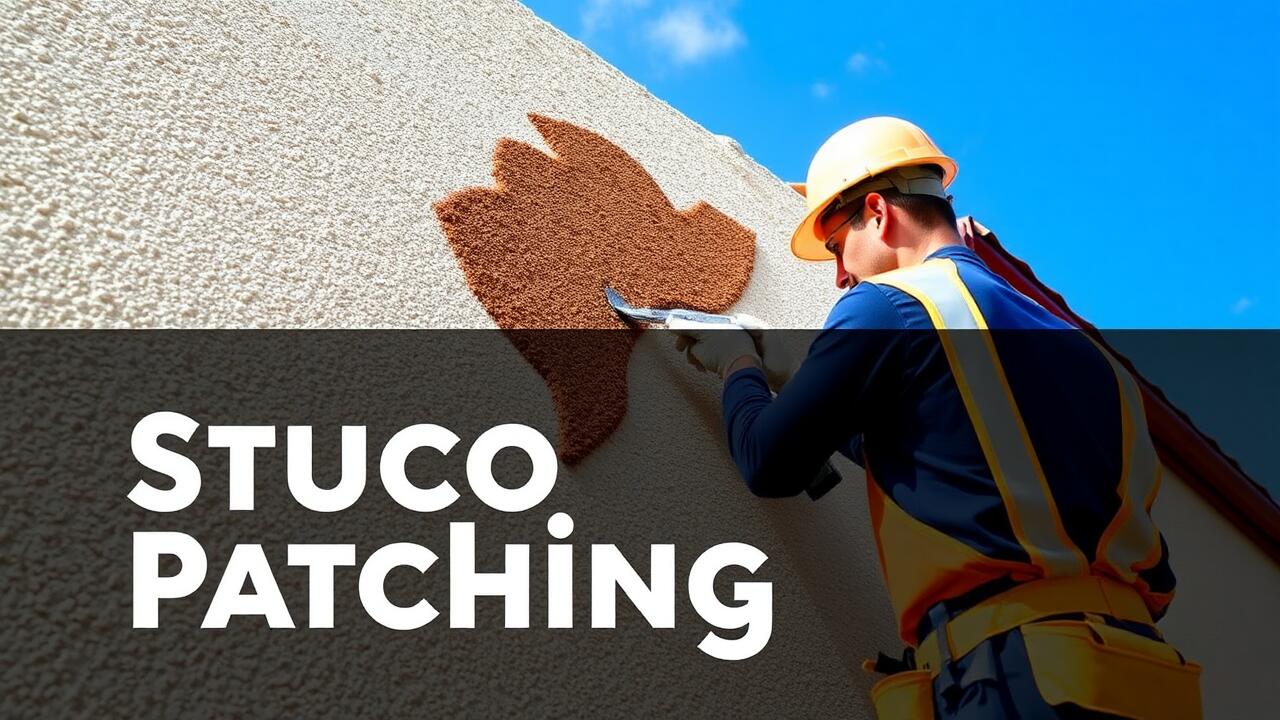
The Role of Primer with Stucco
Primer plays a crucial role when it comes to stucco applications and repairs. It creates a bonding layer that enhances adhesion between the existing surface and the new stucco material. This is particularly important in stucco patching, where the aim is to blend the patch with the surrounding areas seamlessly. A quality primer can help prevent issues such as peeling or flaking that may arise if the patch does not adhere properly.
When seeking services for stucco repairs, many homeowners look for "Stucco Patching near me." This search indicates the need for local expertise that understands the necessity of using primer before applying new stucco. A skilled contractor will recognize that priming not only promotes better adherence but also ensures a uniform appearance and longevity of the repair. Proper preparation through the use of primer can significantly affect the durability and aesthetic of stucco patches.
How Primer Enhances Adhesion
Primer plays a crucial role in enhancing adhesion between the stucco patch and the surrounding surface. When applied before the patching material, it creates a bonding layer that helps the new stucco adhere more effectively. This is especially important because older stucco can be chalky or dusty, which may interfere with the patch’s ability to bond properly. By using a primer, you ensure the longevity and durability of the repair.
When searching for "Stucco Patching near me," it's essential to consider the techniques employed by professionals. Many expert contractors incorporate primer into their patching process to guarantee a seamless and robust application. Proper primer application maximizes the patch’s performance, reducing the likelihood of future cracks or peeling. Ensuring the right conditions and products are used can make a significant difference in the quality of the finished repair.
Applying the Stucco Patch
When applying a stucco patch, preparation is key to achieving a durable and visually appealing finish. Start by ensuring that the surface to be patched is clean and free from loose debris or contaminants. The edges of the damaged area should be feathered out to create a smooth transition between the old and new stucco. This can be done using a trowel or a similar tool, which will aid in blending the patch seamlessly into the surrounding surface. For those seeking assistance, searching “Stucco Patching near me” can help locate professionals who specialize in this type of work.
Once the surface is prepped, mix the stucco patching material according to the manufacturer’s instructions. Ensure the consistency is suitable for application, typically a peanut butter-like thickness. Use a trowel to apply the patch, pressing firmly to ensure good adhesion to the base. It's important to build up the patch to slightly above the surrounding surface, allowing for easier smoothing and leveling. Regular practice and attention to detail will contribute to a successful stucco repair.
Best Practices for Application
When applying a stucco patch, it's crucial to start with a clean and stable surface. Remove all loose material or debris to ensure optimal adhesion. Use a wire brush or scraper to prepare the patch area thoroughly. Additionally, dampening the substrate slightly before applying the patch can help improve adherence. Ensure that you mix the stucco properly according to the manufacturer's instructions for the best results.
Once mixed, apply the stucco patch evenly, using a trowel for a smooth finish. Press the patch firmly into the surface to eliminate any air pockets that could compromise the bond. For those seeking professional assistance, searching for "Stucco Patching near me" can yield skilled contractors who understand these best practices. Always take your time to feather the edges of the patch to blend it seamlessly with the surrounding area.
When to Prime Your Patch
Determining when to prime your stucco patch is crucial for ensuring a successful repair. Typically, you should wait until the patch has completely cured before applying primer. This can take anywhere from a few days to a couple of weeks, depending on the weather and the specific materials used. Check the manufacturer's recommendations for curing times to ensure optimal results.
If you’re considering services for stucco patching near me, it's wise to consult with professionals who can guide you on the best timing for priming. They can assess the condition of your patch and the surrounding stucco, helping you decide whether immediate priming is necessary or if additional curing time is recommended.
Timing Considerations for Priming
Timing plays a crucial role in the priming process after applying a stucco patch. It is essential to allow the patch to cure adequately before introducing a primer. This curing period varies based on environmental conditions like temperature and humidity. Typically, waiting at least 24 to 48 hours ensures that the patch is sufficiently set and ready for the next steps in your project.
When considering "Stucco Patching near me," it's essential to factor in local weather patterns. High humidity or rainy conditions can prolong drying times and affect the bond between the patch and the primer. If you are unsure about the timing, consulting with a local professional can provide valuable guidance tailored to your specific environment.
FAQS
Do I need to prime a stucco patch before painting?
Yes, priming a stucco patch before painting is generally recommended to ensure better adhesion and a more uniform finish.
What type of primer should I use for a stucco patch?
A high-quality masonry primer or an acrylic latex primer is suitable for use on stucco patches, as they adhere well to the texture and help seal the surface.
How long should I wait after applying the stucco patch before priming?
It is advisable to wait at least 24-48 hours after applying the stucco patch to ensure it is fully cured before applying primer.
Can I skip priming if I’m using a paint-and-primer-in-one product?
While paint-and-primer-in-one products can offer some benefits, it is still best to apply a separate primer for optimal adhesion and durability, particularly for stucco surfaces.
What are the signs that indicate I need to prime my stucco patch?
If your stucco patch has a different texture or color than the surrounding area, or if you notice peeling or flaking paint, it is a good idea to prime the patch before applying paint.
